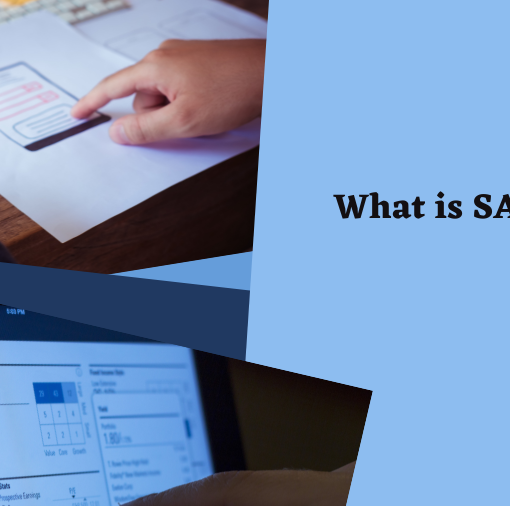In the ever-evolving world of computer science, efficiency reigns supreme. When it comes to algorithms, the cornerstone of problem-solving, understanding their performance becomes paramount. This is where Design and Analysis of Algorithm (DAA) comes in, equipping you with the tools to dissect and optimize these fundamental building blocks. Here, in this in-depth exploration, we’ll delve into the world of algorithm analysis in DAA-2024, empowering you to make informed decisions and conquer even the most complex computational challenges.
Why Analysis of Algorithms?

Imagine you’re presented with two algorithms to solve the same problem. One processes data in a blink of an eye, while the other takes an eternity. Wouldn’t you choose the speedier solution? Algorithm analysis empowers you to make such crucial distinctions. By understanding an algorithm’s performance characteristics, you gain valuable insights into:
- Efficiency: How quickly does the algorithm process data as the input size increases?
- Scalability: Can the algorithm handle larger and larger datasets without succumbing to sluggishness?
- Resource Utilization: How much memory does the algorithm require to execute?
By considering these factors, you can select the most suitable algorithm for your specific needs, ensuring optimal performance and resource usage in your applications.
Unveiling the Metrics: Time and Space Complexity
The core of algorithm analysis revolves around two fundamental metrics: time complexity and space complexity. Let’s break down each one:
- Time Complexity: This metric quantifies the amount of time an algorithm takes to execute, typically expressed using Big O notation. It focuses on the dominant factor influencing the algorithm’s runtime as the input size grows boundlessly. Common time complexities include constant (O(1)), linear (O(n)), and quadratic (O(n^2)), with each signifying a distinct growth rate.
- Space Complexity: This metric delves into the amount of additional memory an algorithm requires beyond the input size to perform its computations. It’s also commonly expressed using Big O notation, highlighting the memory usage trends as the input grows.
By analyzing both time and space complexity, you gain a comprehensive understanding of an algorithm’s resource demands, allowing you to make informed choices for memory-constrained systems or applications dealing with massive datasets.
Demystifying the Analysis Techniques: A Glimpse into the Toolbox
DAA-2024 equips you with a robust toolbox for analyzing algorithms. Here are some key techniques to master:
- Worst-Case, Average-Case, and Best-Case Analysis: These analyses explore the algorithm’s behavior under different input scenarios:
- Worst-Case Analysis: This considers the input that leads to the longest execution time, providing a worst-possible performance guarantee.
- Average-Case Analysis: This examines the average execution time across a representative set of inputs, offering a more realistic picture of performance.
- Best-Case Analysis: This investigates the input that results in the fastest execution time, showcasing the algorithm’s potential efficiency.
- Asymptotic Analysis: This powerful approach focuses on the behavior of the algorithm as the input size tends towards infinity. It helps identify the dominant terms influencing performance, providing a high-level understanding of scalability.
- Recurrence Relations: For algorithms that involve recursion, recurrence relations capture the relationship between the execution time for a problem of size n and the execution times for smaller subproblems. By solving these relations, the time complexity of the algorithm can be determined.
By mastering these analysis techniques, you’ll be able to dissect any algorithm and predict its performance characteristics, ensuring you select the optimal tool for the job.
Beyond the Basics: Advanced Concepts to Consider
DAA-2024 ventures beyond the fundamentals, introducing you to advanced concepts like:
- Amortized Analysis: This technique tackles algorithms with varying execution times per operation, providing a more accurate picture of their average performance over a series of operations.
- Lower Bounds: These establish theoretical limitations on the efficiency of an algorithm for a specific problem, helping you understand if a particular time complexity is achievable.
- Approximation Algorithms: When dealing with inherently complex problems, approximation algorithms offer solutions that are provably close to the optimal solution within a guaranteed factor.
By exploring these advanced concepts, you’ll gain a deeper understanding of algorithmic behavior and the art of crafting efficient solutions.
Conclusion: Unlocking Efficiency with Algorithm Analysis
Mastering algorithm analysis in DAA-2024 equips you with a powerful lens to evaluate the performance of algorithms. By understanding their time and space complexities, you can make informed decisions, optimize your applications, and conquer even the most challenging computational tasks. Remember, efficiency is key in the world of algorithms, and DAA-2024 empowers you to become the architect of efficient and scalable solutions.
YOU MAY BE INTERESTED IN:
Exploring the Diverse Landscape of Process Automation
Dive into Data Analytics in SAP SAC
Your Earning Potential as a SAP ABAP Developer with 5 Years of Experience




